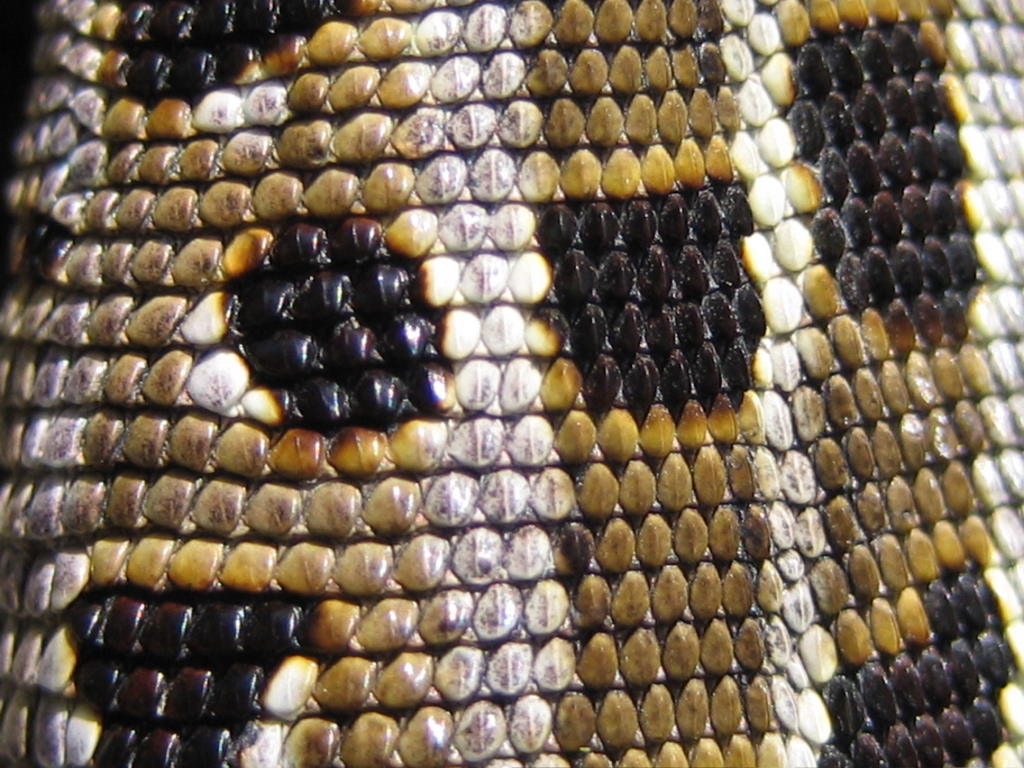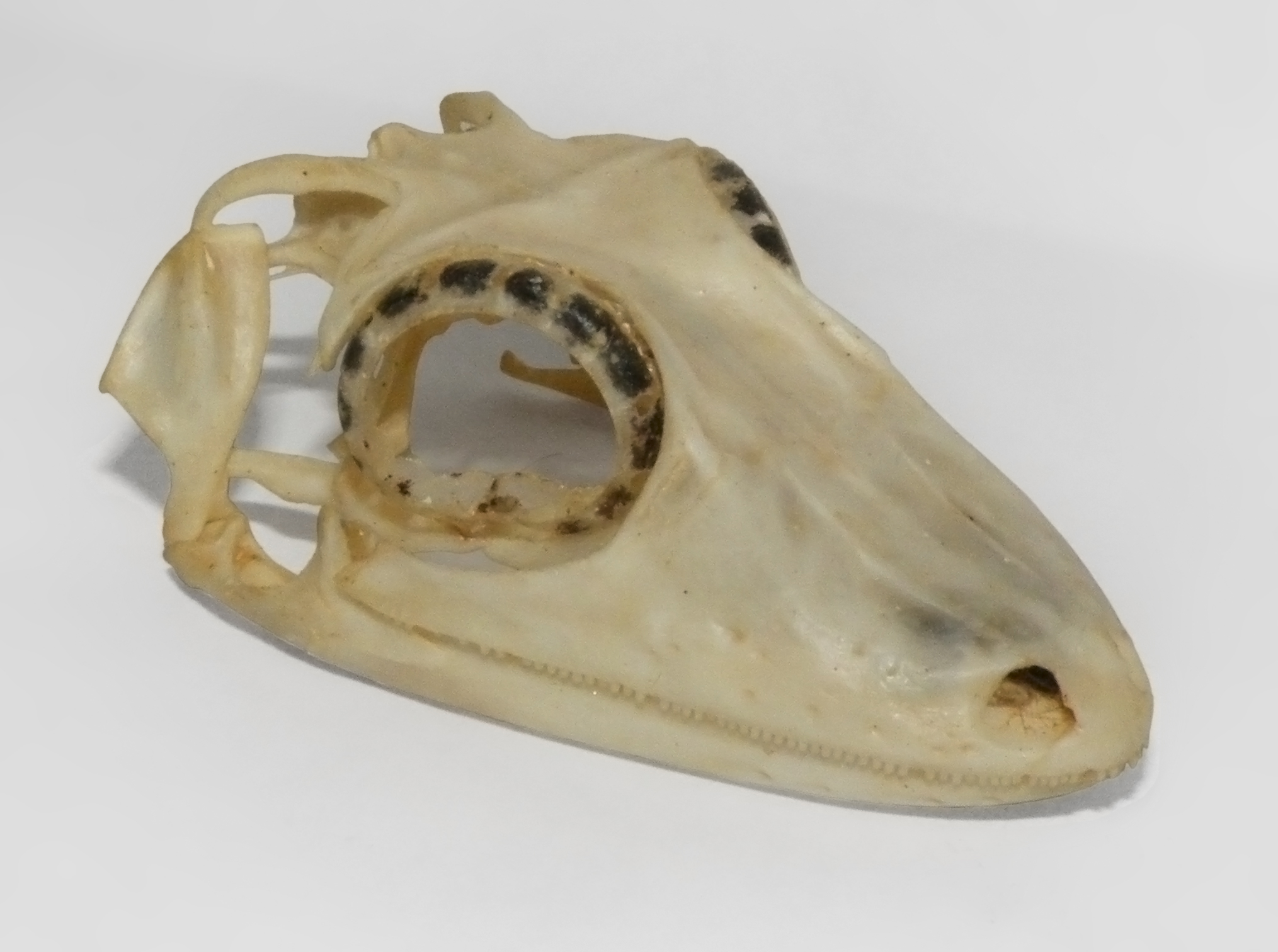|
Giant Leaf-tail Gecko
The giant leaf-tail gecko (''Uroplatus giganteus'') is a species of lizard in the family Gekkonidae. It is endemic to Madagascar. It can reach a snout–vent length Snout–vent length (SVL) is a morphometric measurement taken in herpetology from the tip of the snout to the most posterior opening of the cloacal slit (vent)."direct line distance from tip of snout to posterior margin of vent" It is the most c ... of 20 cm and a total length of 32.2 cm. References Uroplatus Reptiles described in 2006 {{gecko-stub ... [...More Info...] [...Related Items...] OR: [Wikipedia] [Google] [Baidu] |
Lizard
Lizards are a widespread group of squamate reptiles, with over 7,000 species, ranging across all continents except Antarctica, as well as most oceanic island chains. The group is paraphyletic since it excludes the snakes and Amphisbaenia although some lizards are more closely related to these two excluded groups than they are to other lizards. Lizards range in size from chameleons and geckos a few centimeters long to the 3-meter-long Komodo dragon. Most lizards are quadrupedal, running with a strong side-to-side motion. Some lineages (known as " legless lizards"), have secondarily lost their legs, and have long snake-like bodies. Some such as the forest-dwelling '' Draco'' lizards are able to glide. They are often territorial, the males fighting off other males and signalling, often with bright colours, to attract mates and to intimidate rivals. Lizards are mainly carnivorous, often being sit-and-wait predators; many smaller species eat insects, while the Komodo eats mamma ... [...More Info...] [...Related Items...] OR: [Wikipedia] [Google] [Baidu] |
Gekkonidae
Gekkonidae (the common geckos) is the largest family of geckos, containing over 950 described species in 64 genera. Members of the Gekkonidae comprise many of the most widespread gecko species, including house geckos ('' Hemidactylus''), tokay geckos ('' Gekko''), day geckos ('' Phelsuma''), mourning geckos ('' Lepidodactylus'') and dtellas (''Gehyra''). Gekkonid geckos occur globally and are particularly species-rich in tropical areas. Hemidactylus geckos are one of the most species-rich and widely distributed of all reptile genera. Carranza, S., and E. .. Arnold. "Systematics, Biogeography, and Evolution of Hemidactylus Geckos (Reptilia: Gekkonidae) Elucidated Using Mitochondrial DNA Sequences." Molecular Phylogenetics and Evolution, vol. 38, no. 2, Elsevier Inc, 2006, pp. 531–45, . Fossils The earliest known gekkonidae fossil record ''Yantarogekko'' was found in Eocene-Aged Baltic amber. Distribution Species within the Gekkonidae family can be located in every warm ... [...More Info...] [...Related Items...] OR: [Wikipedia] [Google] [Baidu] |
Madagascar
Madagascar (; mg, Madagasikara, ), officially the Republic of Madagascar ( mg, Repoblikan'i Madagasikara, links=no, ; french: République de Madagascar), is an island country in the Indian Ocean, approximately off the coast of East Africa across the Mozambique Channel. At Madagascar is the world's List of island countries, second-largest island country, after Indonesia. The nation is home to around 30 million inhabitants and consists of the island of Geography of Madagascar, Madagascar (the List of islands by area, fourth-largest island in the world), along with numerous smaller peripheral islands. Following the prehistoric breakup of the supercontinent Gondwana, Madagascar split from the Indian subcontinent around 90 million years ago, allowing native plants and animals to evolve in relative isolation. Consequently, Madagascar is a biodiversity hotspot; over 90% of wildlife of Madagascar, its wildlife is endemic. Human settlement of Madagascar occurred during or befo ... [...More Info...] [...Related Items...] OR: [Wikipedia] [Google] [Baidu] |
Snout–vent Length
Snout–vent length (SVL) is a morphometric measurement taken in herpetology from the tip of the snout to the most posterior opening of the cloacal slit (vent)."direct line distance from tip of snout to posterior margin of vent" It is the most common measurement taken in herpetology, being used for all amphibians, lepidosaurs, and crocodilians (for turtles, carapace length (CL) and plastral length (PL) are used instead). The SVL differs depending on whether the animal is struggling or relaxed (if alive), or various other factors if it is a preserved specimen. For fossils, an osteological correlate such as precaudal length must be used. When combined with weight and body condition, SVL can help deduce age and sex. Advantages Because tails are often missing or absent, especially in juveniles, SVL is seen as more invariant than total length. Even in the case of crocodiles, tail tips may be missing. Methods The measurements may be taken with dial calipers or digital calipe ... [...More Info...] [...Related Items...] OR: [Wikipedia] [Google] [Baidu] |
Uroplatus
''Uroplatus'' is a genus of geckos, commonly referred to as leaf-tail geckos or flat-tailed geckos, which are endemic to Madagascar and its coastal islands, such as Nosy Be. They are nocturnal, insectivorous lizards found exclusively in primary and secondary forest. Etymology The generic name, ''Uroplatus'', is a Latinization of two Greek words: "ourá" (οὐρά) meaning "tail" and "platys" (πλατύς) meaning "flat". Description Geckos of the genus ''Uroplatus'' are nocturnal and arboreal. They range in total length (including tail) from about for ''U. giganteus'' to for ''U. ebenaui''. Larger species of ''Uroplatus'' are distinguished among geckos in having the largest number of marginal teeth among all living amniotes. Other rare apomorphic character states include multiple inscriptional ribs, restriction of autotomy planes, and finger-like diverticula of the lungs. All ''Uroplatus'' species have highly cryptic colouration, which acts as camouflage, most being ... [...More Info...] [...Related Items...] OR: [Wikipedia] [Google] [Baidu] |

